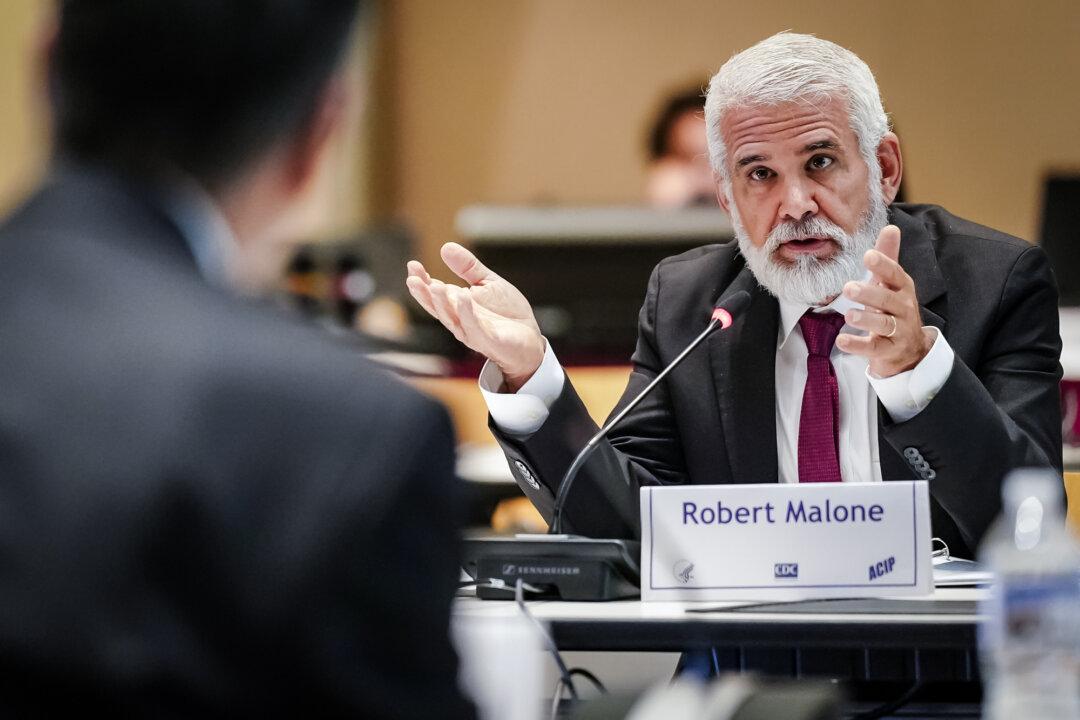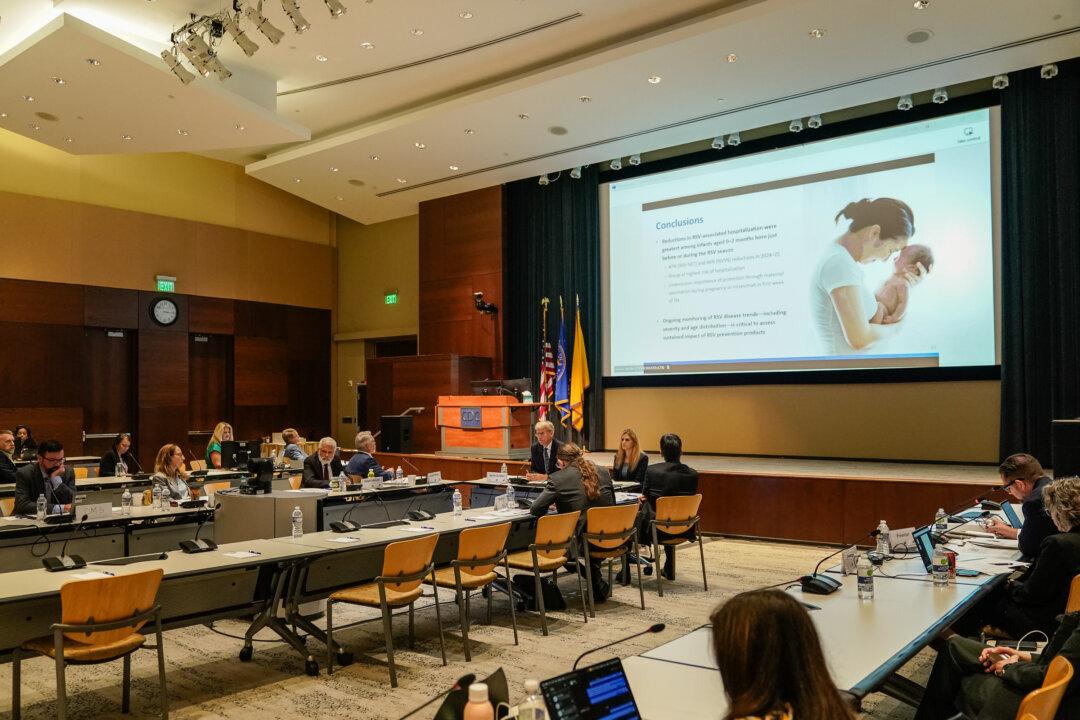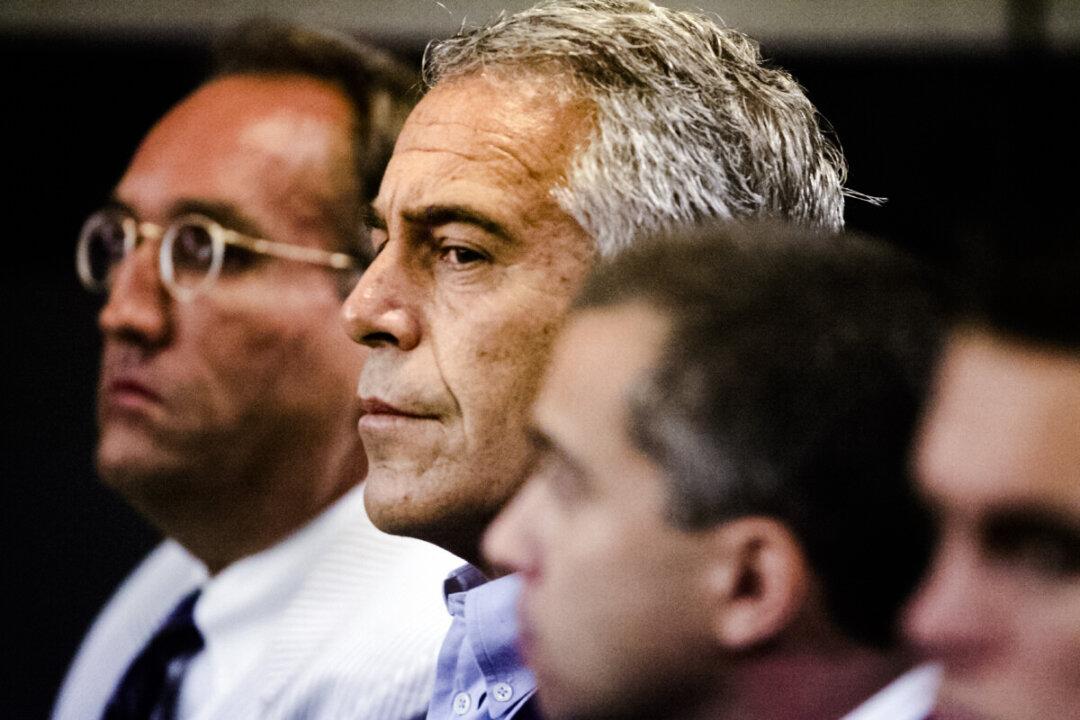Two lawyers allegedly involved in a Molotov cocktail attack on New York City Police Department (NYPD) police vehicles were indicted with the use of explosives.
Urooj Rahman, 31, and Colinford Mattis, 32, both of Brooklyn, also face six other counts, including arson, use of explosives to commit a felony, and making or possessing a destructive device.





